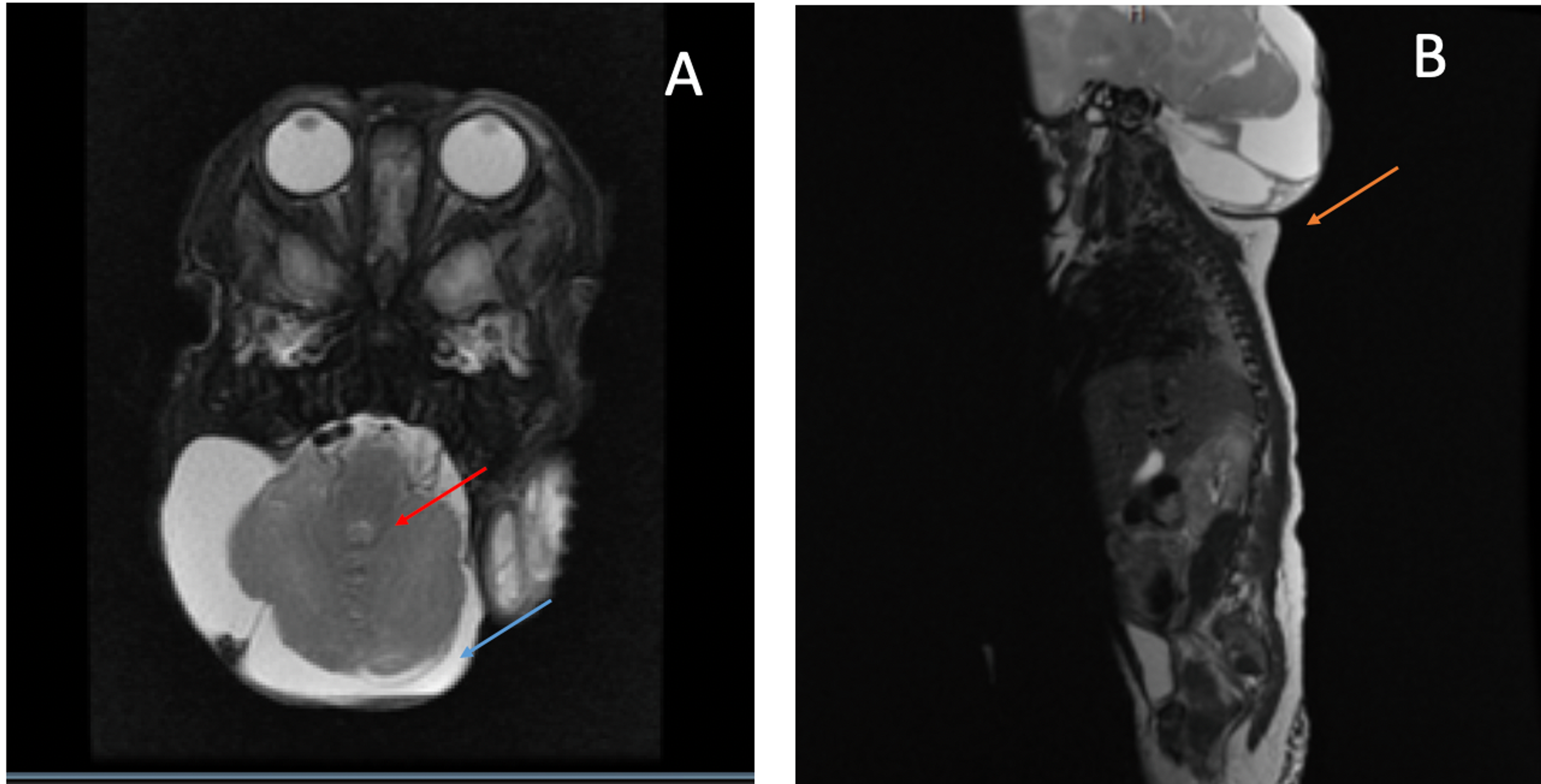

- CHIARI MALFORMATION TYPE 3 HOW TO
- CHIARI MALFORMATION TYPE 3 MANUAL
- CHIARI MALFORMATION TYPE 3 SERIES
"I Knew I Wasn't Fine" (A Chiari Story).We Conquered Chiari: Patients and Parents Tell Their Stories.Video Lectures: Chiari Malformation and Syringomeyelia.Neuropsychological Treatment After Chiari Malformation.Chiari Malformation Appointment Checklist.
CHIARI MALFORMATION TYPE 3 HOW TO

Chiari III malformation with a giant encephalocele Sac: case report and a review of the literature. Predictors of mortality in children with myelomeningocele and symptomatic Chiari type II malformation. McDowell MM, Blatt JE, Deibert CP, Zwagerman NT, Tempel ZJ, Greene S. Outcomes after suboccipital decompression without dural opening in children with Chiari malformation type I. Who needs surgery for pediatric myelomeningocele? A retrospective study and literature review. Syringosubarachnoid shunting using a myringotomy tube. Minimally invasive posterior fossa decompression with duraplasty in Chiari malformation type I with and without syringomyelia. Surgical management of patients with Chiari I malformation. Comparative observational study on the clinical presentation, intracranial volume measurements, and intracranial pressure scores in patients with either Chiari malformation type I or idiopathic intracranial hypertension.
CHIARI MALFORMATION TYPE 3 MANUAL
MSD Manual Consumer Version.įrič R, Eide PK. Associated disorders of Chiari Type I malformations: A review. Malformations of the craniocervical junction (Chiari type I and syringomyelia: classification, diagnosis and treatment). Stratified whole genome linkage analysis of Chiari type I malformation implicates known Klippel-Feil syndrome genes as putative disease candidates.
CHIARI MALFORMATION TYPE 3 SERIES
Pediatric and adult Chiari malformation Type I surgical series 1965-2013: a review of demographics, operative treatment, and outcomes. Chiari malformation fact sheet.Īrnautovic A, Splavski B, Boop FA, Arnautovic KI. National Institute of Neurological Disorders and Stroke. Vannemreddy P, Nourbakhsh A, Willis B, Guthikonda B. Headache, fatigue, muscle weakness and stiffness, slurred speech, unsteadiness, loss of ability to feel cold and/or heat, neck or spinal spasms, vertigo, sleep apnea, vocal cord paralysis, dysphagia, nystagmus (uncontrolled eye movements), hydrocephalus ("water on the brain"), torticollis (a neurological disorder causing the head to tilt), seizures, and numerous other severe neurological problems Noisy breathing, dysphagia (difficulty swallowing), sleep apnea, pulmonary aspiration (breathing food into the lungs), arm weakness, loss of fine motor skills, vision problems, hearing loss, scoliosis (abnormal curvature of the spine, usually seen in older infants and children), and paralysis below the waist due to spina bifida Headache, back pain, leg pain, hand numbness or weakness, neck pain, dizziness, unsteady gait (usually seen during early childhood), tinnitus (ringing in the ears) Type V Chiari malformation has only been described twice in the medical literature, both cases of which occurred in newborns with spina bifida.



 0 kommentar(er)
0 kommentar(er)
